It is with great excitement and enthusiasm that I provide this update to you. It is the upshot of a tremendous amount of work by faculty and countless other members of our community. As many of you already know, the board of trustees voted to approve an enrollment growth initiative last year that would add up to forty-five students in total to our sixth, seventh, and eighth grades over the course of the next four to five years, with approximately fifteen more students in each grade than are currently enrolled today. We would also add faculty to support this enrollment growth.
As with every decision at Belmont Day, this decision was the outcome of a thorough, lengthy, and rigorous decision-making process. It was informed by faculty and parents alike who have come to recognizesince the inception of our middle school in 2001the need to balance our commitment to small, nurturing experiences for our younger students with more robust experiences that support the social-emotional development of our older students, and the chance for broader curricular offerings due to an increased student and faculty body. Similarly, faculty are already considering the vast ways that more students will afford us the opportunity to explore innovative and dynamic curriculum throughout the grades.
Of course, the opening of The Barntentatively scheduled for fall of 2018fits into this picture as a space that can support all BDS students pre-kindergarten to eighth grade and help to provide the excellent program we have all come to expect from a Belmont Day education.
With sixth grade as a new entry point, we suspect that this question would be on the mind of our community at large: what happens to fifth grade? Since the inception of the middle school, fifth grade has been the youngest middle school grade, and it is currently paired with sixth grade in the schedule and within the curriculum. We see the enrollment growth initiative and the construction of the Barn, and subsequent rearrangement of teaching and learning spaces within the current building, as an opportunity to make changes that better reflect what we feel is developmentally and programmatically appropriate for students.
Please note: The changes that follow are scheduled to be implemented in the fall of 2018. This will give us ample time to ensure that the culture in which we take such pride is maintained and enhanced by our work. It provides us time to develop thoughtfully the appropriate curricular changes and to accommodate for any impact these changes may have on space, schedule, and the rest of the student community.
The most critical change is our decision to move fifth grade from being the youngest grade in middle school to being the eldest grade in lower school. The original decision to keep fifth in middle school was intended to mirror the Belmont Public School program, and, in particular, Chenery School, which has a fifth to eighth grade middle school model. What we have found in the time since is that while fifth can work as a young middle school grade, after thoughtful discussion and reflection on their development, we believe that it serves our children far better to be the eldest in the lower school. As this is a significant step forward for Belmont Day, we did our best to anticipate some of the questions you may have which we have answered below. We also invite you to attend a parent forum on Thursday, February 9 at 8:15 a.m. to discuss this change with Deborah, Diane, Liz, and me.
Why this move?
- Experience has taught us that fifth graders, especially at the start of the year, are young for middle school. The fifth grade year is one in which students grow considerablymoving from concrete thinking to abstract thinking, and shifting from a need for adult approval in their experience to the need for peer approval. That change is a challenging one to navigate under any circumstances, but a particularly challenging one set against the backdrop of a middle school where most of the older students have already done so.
- Belmont Day is about developing the skills of leadership and self-advocacy. Giving fifth graders the opportunity to be the leaders of the lower school nurtures in them a sense of leadership at an age when we believe they will be capable of handling it.
- Developmentally, fifth grade in lower school is a better fit. Their scholarship developmentorganization, executive functioning, long-range planningneeds to move at a very individualized and intentional pace. In the lower school model, our students will be given more time and structure for that growth to take place.
Why now?
- This change will coincide with enrollment growth and the opening of The Barn in fall 2018providing us with more than a year to thoughtfully plan. Our current fifth grade program this coming academic year will still be part of the middle school, and it will remain a very strong and valuable year for our students. This is about taking a good thing and making it better.
- We believe the original intention to match our grade design with that of the Chenery School is no longer consistent with BDS process. Our program work is now focused on the opportunities that abound in creating a pre-k to fifth grade program within the Belmont Day community.
- This change will happen within the context of enrollment growth in sixth grade. In 2018, this growth initiative will take hold in earnest. The introduction of many new sixth grade students might be an overwhelming experience for some fifth graders who are trying to find their footing. For that reason, we believe this change should happen as enrollment growth begins and the Barn opens.
What opportunities will this create for my child?
- This provides an opportunity for a developmentally appropriate physical education and athletics program for all students, pre-kindergarten to eighth grade.
- Fourth and fifth grade will share leadership opportunities in the lower school.
- New students joining the community in sixth grade will positively impact our students’ social development.
- This echoes our foundational belief in a pre-k to eighth grade education and provides a model that allows children to experience their childhood more fully and intentionally. Our fifth graders will have the chance to experience middle school soon enough. Let’s make sure they do so with a developmental understanding of how their leadership in fifth grade has prepared them well for the rigors and changes that await them in middle school.
What will the impact be on space? Where will the grades be?
- Last spring, the faculty looked closely at the whole campus as we considered what programs to put into the Barn. The result of that work led to plans for more intentional grouping of third to fifth grades. Fifth graders will be joined by third and fourth grade students on what is now the fifth/sixth grade floor (the second floor of the current middle school wing). We believe this will shape a purposeful identity for these critical elementary grades, and the academic sequence from one to the next will be clear and visible to students, teachers, and parents alike.
- The transition from second grade to third has always been an important milestone and the new third grade location puts them physically closer to the second grade and provides both classrooms with easy access to the new innovation and science spaces in the Barn.
- Sixth through eighth grade students will have classrooms throughout campuson the Kiva level, along what is now the third/fourth grade hallway, and in what is now Mr. Toppa’s music room and Ms. Solomon’s art studio (between the PAC and Coolidge Hall). Just as lower school students need their spaces to feel close and intimate, middle school students need their campus to feel big and sprawlingno easy task on a campus like oursand this design does the trick. This design will enable us to succeed without creating traffic patterns that would be disruptive to the younger students.
- Sixth graders need to feel a strong sense of place and community, especially as the youngest members of the middle school, and we believe that designated classroom space will provide it. This is a primary consideration for middle school faculty as we engage in further design work.
As you can see, this decision has been made with a great deal of thought and consideration. It has also been made with the best interests of our students in mind. We are eager to hear about what excites you regarding these plans and what you would like us to consider as we prepare to rollout this design at the start of the 2018 academic year. Many thanks for your engagement.



